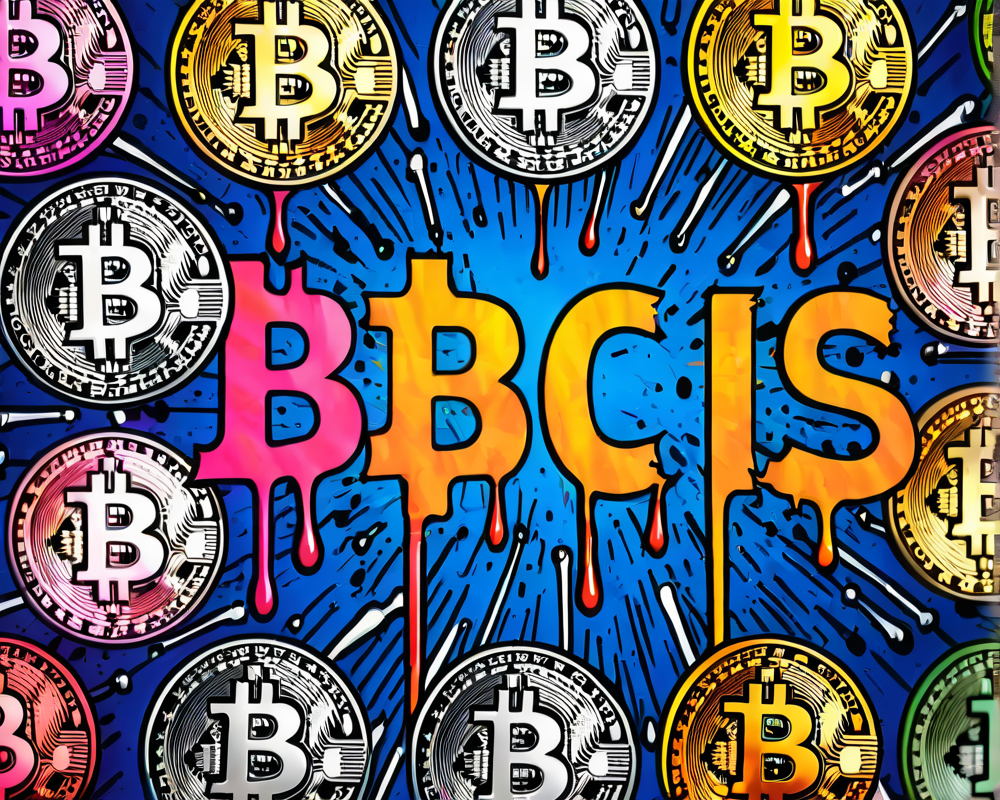Bitcoin’s Rollercoaster Ride
On March 10, in a dramatic showdown of regulations versus innovation, the US Securities and Exchange Commission (SEC) disapproved the Winklevoss twins’ Bitcoin ETF COIN. You’d think the crypto world would implode, but lo and behold, Bitcoin shook it off like it just found out it was out of date on its college homework. After a brief drop to around $960, Bitcoin made what can only be described as a celebrity-level comeback, stabilizing around $1,225.
The Aftermath of the SEC Decision
As if setting the stage for a dramatic financial play, Bitcoin hit the stage again, peaking at $1,257 on most major Bitcoin exchanges. That’s right, exchanges like Bitstamp, Kraken, and Bitfinex rose to the occasion, flirting dangerously close with 2017’s YTD high of $1,290 achieved just before the ETF news broke. Talk about peak drama!
Investor Sentiment: A Tale of Optimism
Leading up to the SEC’s ruling, investors seemed to be warming up to the idea of ETF approval. A survey of opinions suggests increased support for the ETF, fueled by positive forecasts from financial institutions. Bloomberg’s Eric Balchunas was feeling bullish, stating, “The odds for and against are so evenly matched.” Only to have those odds take a nosedive faster than a rollercoaster ride at your local amusement park following the disapproval.
Why Bitcoin’s Ego Remains Intact
Here’s the kicker: whether the SEC approved the ETF or not, Bitcoin was destined to follow a similar price pattern. See, if the COIN ETF had been given the green light, we might have seen a temporary price spike, only for Bitcoin to settle comfortably in the low $1,300s. This dives into the realization in the community: Bitcoin doesn’t need regulatory babysitters.
The Bigger Picture: A Currency for the People
Bitcoin was birthed back in 2009 not to be held tightly by central authorities for the sake of high-profile investors. No, it was created as a peer-to-peer currency, designed to cut out the middleman and talk directly to the people. Having hedge funds diving into Bitcoin through ETFs may seem like a buffer of legitimacy, but it’s as counterintuitive as trying to regulate the weather!
What Lies Ahead for Bitcoin?
Now, the market’s dynamic appears to be stabilizing. Just like how Bitcoin managed to ride out the storm after the SEC announcement, it has also shown resilience to various regulatory pressures, including past criticisms from the Chinese central bank. The trend suggests that the tech behind Bitcoin will continue to mature and evolve, bypassing the need for excessive regulation and red tape.
In the end, while Bitcoin has weathered the ETF storm, one thing is for sure: it’s not going down without a fight. Whether riding the highs or riding through the lows, the world of digital currency is more alive than ever.




